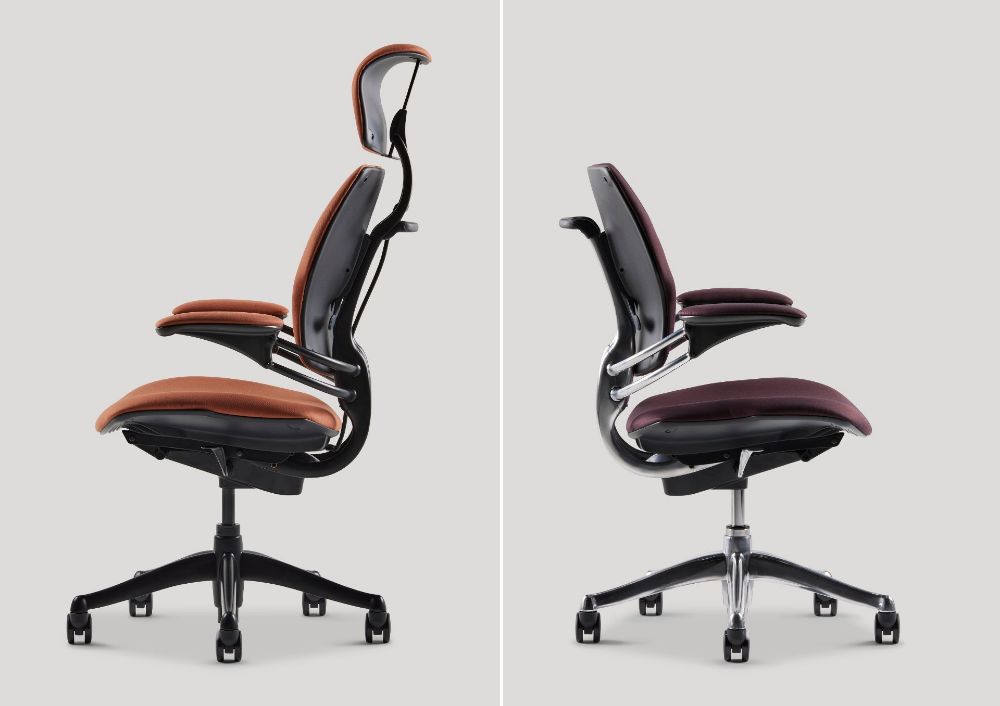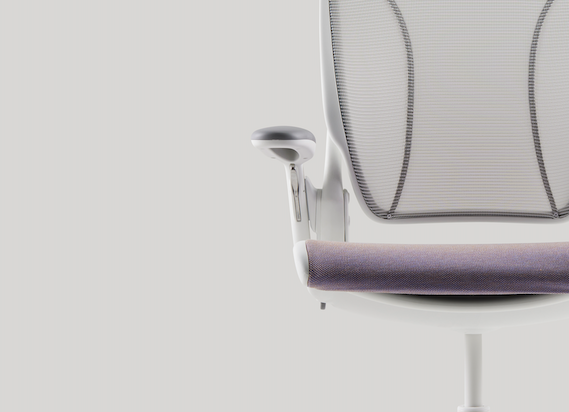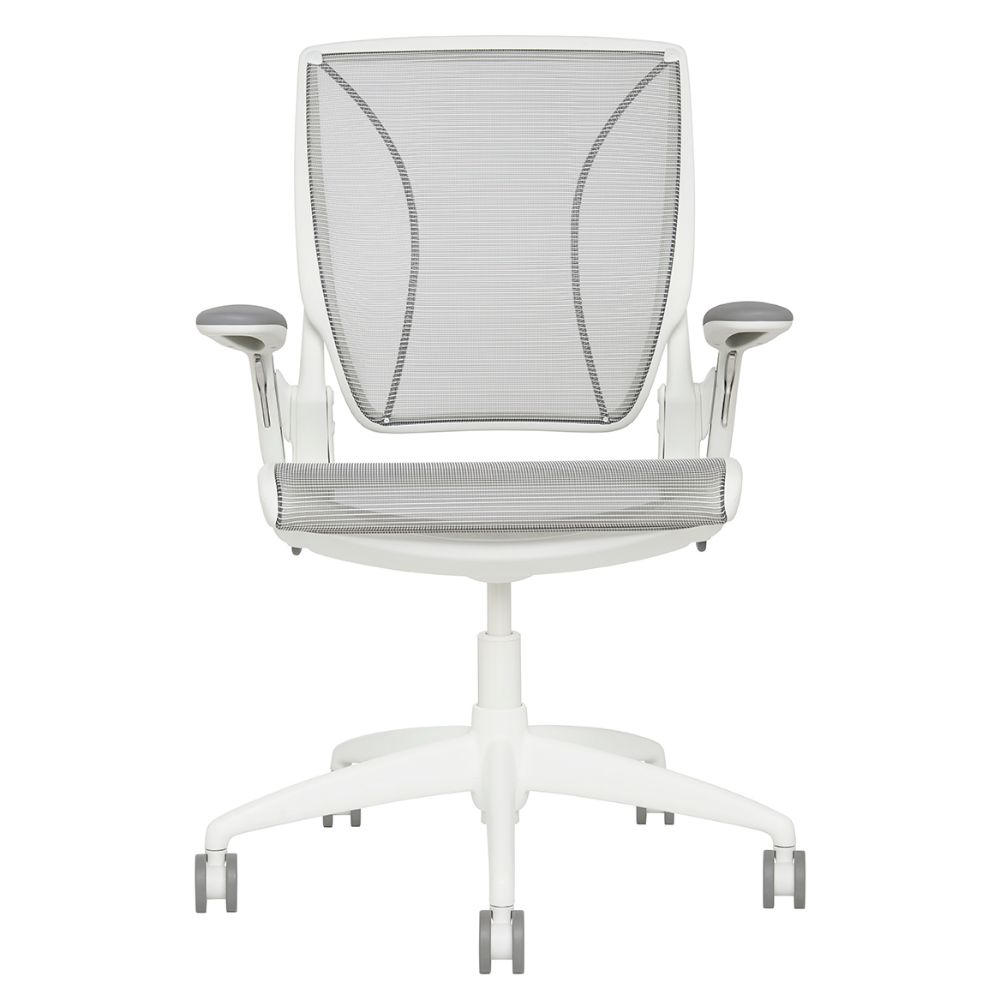How to buy an ergonomic chair
We live in a world of superlatives where everything is ‘the best’ and the truth is often somewhat, if not totally, obscured. That’s as philosophical as we’ll get (we promise!), but suffice to say, the points below will make buying the right ergonomic chair for your needs as straightforward as possible.
1. Research and Reviews:
As time-consuming as it may be, it’s worth conducting thorough research and reading reviews from trustworthy sources before buying an ergonomic chair. Look for user experiences regarding comfort and health-related issues, as well as information on material safety and potential chemical risks.
2. Material Safety:
Choose a chair made from materials that are known to be safe and free from harmful chemicals. Skipped that chapter of your chemistry textbook? Just look for a chair labelled as being low in VOCs (volatile organic compounds) and free from hazardous substances such as phthalates, formaldehyde (used for embalming bodies…) and flame retardants. Living Product Certified (LPC), Declare labels and Greenguard certifications are also worth looking out for, indicating that a chair meets specific health and safety standards.


3. Testing and Compliance:
A high-quality ergonomic chair will have been subjected by its manufacturer to rigorous testing for safety and compliance with relevant industry standards. How do you know? Look for chairs that comply with safety regulations, such as ANSI, BIFMA and REACH regulations.
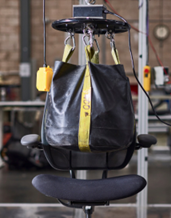
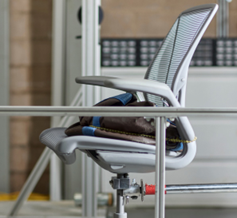

4. Warranty and Customer Support:
A good chair will come with a good warranty. Check the manufacturer’s warranty to ensure you are protected against any defects or other issues. And if you do have an issue, you want prompt and helpful assistance, so consider the reputation of the brand you’re looking at and their customer support services.
5. Budget:
Explore options within your budget range and keep in mind that while fully ergonomic chairs might have a higher price tag, they are a worthwhile investment in your long-term health and comfort. (Think of all that money you won’t be spending on a physiotherapist.)
6. Try Before You Buy:
Reputable companies are proud of their chairs and happy to let you try them out. Resist the lure of the quick online purchase and whenever possible, try out the chair before you buy it. Sit in it for an extended period (possibly even at home, on loan) and play around with adjustable features to check how well it suits your needs.
7. Headrest or Not:
Whether or not to have a headrest on an ergonomic chair all comes down to personal preference. An adjustable headrest can provide additional support for the neck and shoulders, promoting better posture and reducing strain. However, limited space and a preference for a minimalist look might mean that a chair without a headrest suits you better. Test both, you’ve got nothing to lose.
8. Hard or Soft Castors:
It’s up to you and your floors whether you choose hard or soft castors – the swivelling wheels that help you glide from desk to filing cabinet with nary a step. Hard castors are suitable for soft flooring like carpets, offering easy movement when noise isn’t an issue. Soft castors are ideal for hard floors, reducing noise and protecting against scratches.
9. Armrests or Not:
This isn’t really a question. Adjustable armrests accommodate individual preferences and accessibility needs, supporting the upper body, promoting proper posture, reducing strain in your neck and shoulders, improving blood circulation, enhancing comfort and providing versatility for different tasks. Need we say more?
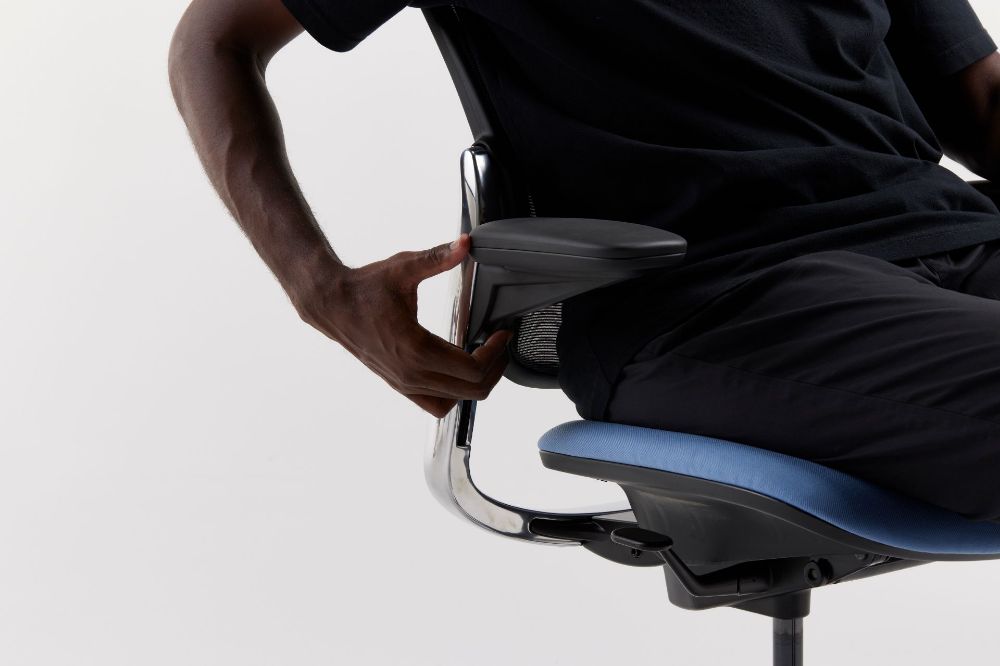
10. High Density Foam Seat or Mesh Seat/Backrest:
There are advantages to both high density foam and mesh, and as with everything in life, personal preference is usually the deciding factor. But there are a few extra things worth considering, particularly breathability, support requirements, durability and your desired sitting experience. Struggling to choose? Luckily some chairs incorporate both, featuring a high density foam seat with a mesh backrest.
High Density Foam Seat:
- Stability: Offers excellent support, helping maintain proper posture and prevent slouching.
- Durability: Less prone to wear and tear over time.
- Even Weight Distribution: Beneficial for everyone, but especially for those with specific back or hip support requirements.
- Design choice: The wide variety of textile options available makes it easy to find just the right aesthetic to suit your space.
Mesh Seat/Backrest:
- Breathability: The porous nature of the mesh promotes airflow, preventing heat and moisture build up and keeping you cool and comfortable.
- Pressure Relief: Mesh contours to the body, allowing for natural weight distribution and the alleviation of pressure points, reducing the risk of numbness or discomfort. Innovations such as Tri-panel backrest mesh offer intelligent support for your unique pressure points.
- Flexibility and Movement: Mesh enable slight movements and adjustments while sitting for a dynamic sitting experience.
- Lighter Weight: Typically lightweight, chairs with mesh seats/backrests are easy to move and adjust as needed.
- Top Tip: Opt for a low-abrasion, non-stretch mesh to maximise comfort and durability.
11. Other materials and finishes:
Looks aren’t everything, but when you’re spending top dollar on something that has top class functionality, you want it to be a 10/10 style-wise, too. Here are a few things to think about along with your desired aesthetic when it comes to choosing your ergonomic chair.
- Leather: Leather upholstery is luxurious and sophisticated, exuding a polished, classic professionalism. Just remember that it usually requires more maintenance than other materials and can be less breathable.

- Fabric: You’re spoilt for choice when it comes to colours, patterns and textiles with fabric upholstery, which makes customisation a breeze. Warm and inviting, fabric is a popular choice for casual and creative work settings.

- Frame: Polished frame finishes (i.e. chrome) are sleek and modern, perfect for creating a sophisticated, professional vibe. Graphite and matte finishes are just as classy, but are more understated, offering a contemporary, minimalistic look.
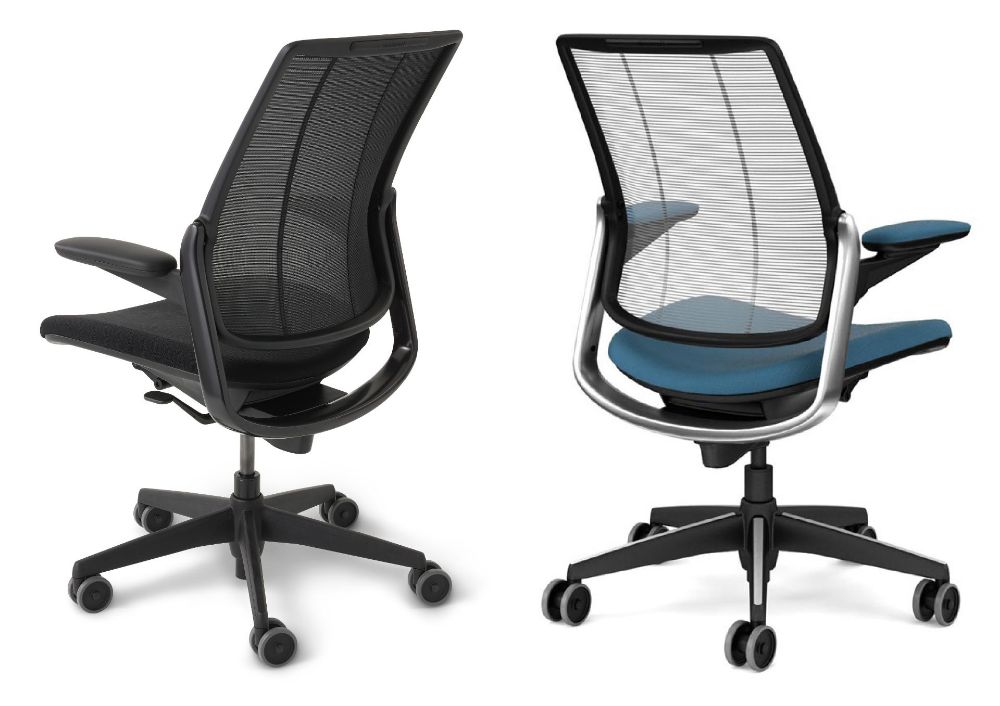
- Personal Branding: What image do you want to project? If you’re going for a more formal, elegant, professional vibe, then leather upholstery and polished finishes might well be your best bet. If creativity and a more relaxed atmosphere is key, fabric upholstery could be a better fit.
- Workspace Ambience: Your chosen chair should complement – dare we say, enhance – the overall décor of your workspace. Consider colours, lighting and style of the environment to ensure the chair’s finishes work within the overall aesthetic.



